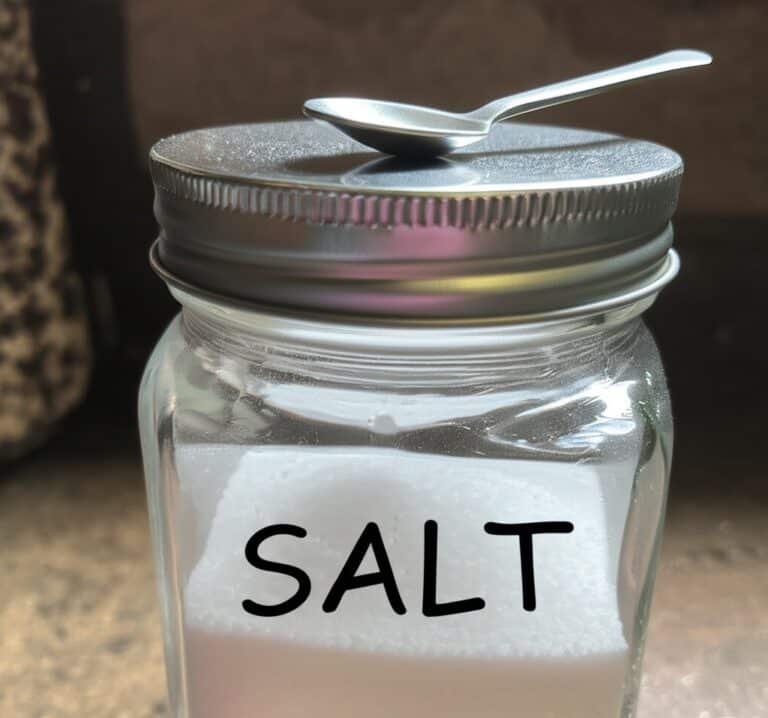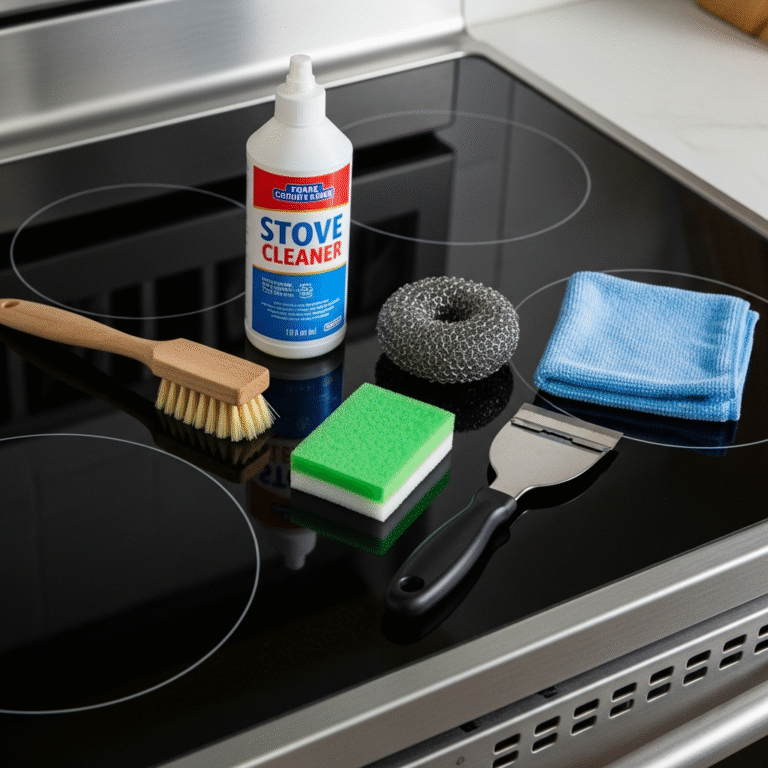This common kitchen staple, salt, extends its utility far beyond seasoning food. Its inherent properties make it a surprisingly effective and economical cleaning agent for various household tasks. From scrubbing surfaces to neutralizing odors, and tackling stubborn stains, this inexpensive compound offers a natural alternative to many commercial cleaners, often with fewer harsh chemicals. The granular nature of salt, combined with its chemical characteristics, provides a multifaceted approach to maintaining a cleaner home environment.
1.The Power Of Salt
One of the most straightforward benefits of this common mineral in cleaning lies in its abrasive nature. The crystalline structure of the granules provides a gentle yet effective scouring action, suitable for tackling grime on various surfaces without being overly harsh like some chemical scouring powders or steel wool, which can damage more delicate materials. For instance, caked-on food remnants on pots and pans, especially those made of stainless steel, enamel, or even some non-stick surfaces (when used carefully as a paste), can often be loosened. Creating a paste with the crystalline substance and a little water allows for targeted scrubbing. Alternatively, directly sprinkling the granules onto the affected area and scrubbing with a damp sponge, brush, or even a halved potato can dislodge stubborn residues. This method is particularly useful for materials that might be scratched by more aggressive abrasives. Coarse varieties of this kitchen staple, like kosher or sea variants, offer more pronounced scrubbing power for tougher jobs, while finer table versions can be used for more delicate applications.
Kitchen sinks, especially those made of stainless steel or porcelain, can be brightened and cleaned by scrubbing with these white crystals. A mixture of the salt with lemon juice or white vinegar can enhance this cleaning power. The acidity of the liquid helps to dissolve grease, hard water stains and mineral deposits, while the abrasive particles do the physical cleaning, removing loose dirt. This combination not only cleans but also leaves a fresh scent. Even stubborn coffee or tea stains inside mugs and pitchers can be easily scrubbed with a damp cloth soaked in the cleaner. Beyond the kitchen, this abrasive quality also helps to remove dirt from tile grout. A paste applied to the grout lines and scrubbed with an old toothbrush can significantly improve their appearance. For oven spills, once they cool, a generous application of the granules can absorb some of the dirt, and then the abrasive action helps to scrub away the burnt-on residue, often minimizing the need for harsh oven cleaners. Care must be taken with highly polished or delicate surfaces, and it’s always advisable to test on an inconspicuous area first, but for many common cleaning challenges that require a little effort, readily available salt offers a reliable option.

2.Absorbs Spills
The hygroscopic nature of salt, meaning its ability to attract and hold water molecules from its surroundings, makes it an excellent first response for various spills, particularly liquids. When accidents happen, such as knocking over a glass of red wine on a carpet or upholstery, quick action with the kitchen staple can significantly mitigate the stain. By generously covering the fresh spill with a thick layer of the white crystals, they will begin to draw the liquid out of the fibers through osmosis. The absorbent material should be left to sit for a period, sometimes several hours or until it appears to have absorbed the maximum amount of moisture, often changing color as it does so. Once the substance has done its work, it can be vacuumed up. This method is effective because it physically removes much of the staining agent before it has a chance to fully set and bond with the fibers. The quicker the application, the more effective it tends to be.
The same principle applies to greasy spills. If oil, butter, or a fatty sauce splatters on the floor, a countertop, or even some fabrics, covering it with the granular cleaner can help absorb the grease. The particles wick the oil into themselves, making the remaining residue easier to wipe or scrape away. For fabric, after this initial treatment, any remaining discoloration might require further spot cleaning, but the initial damage will likely be far less severe. This absorbent property is also why this compound is sometimes used in homemade desiccant packs to reduce humidity in small, enclosed spaces like closets or drawers, helping to prevent mustiness, though its capacity is limited compared to commercial desiccants like silica gel. For liquid spills on hard surfaces that might spread, creating a border with the granules can help contain the spill before covering it entirely.
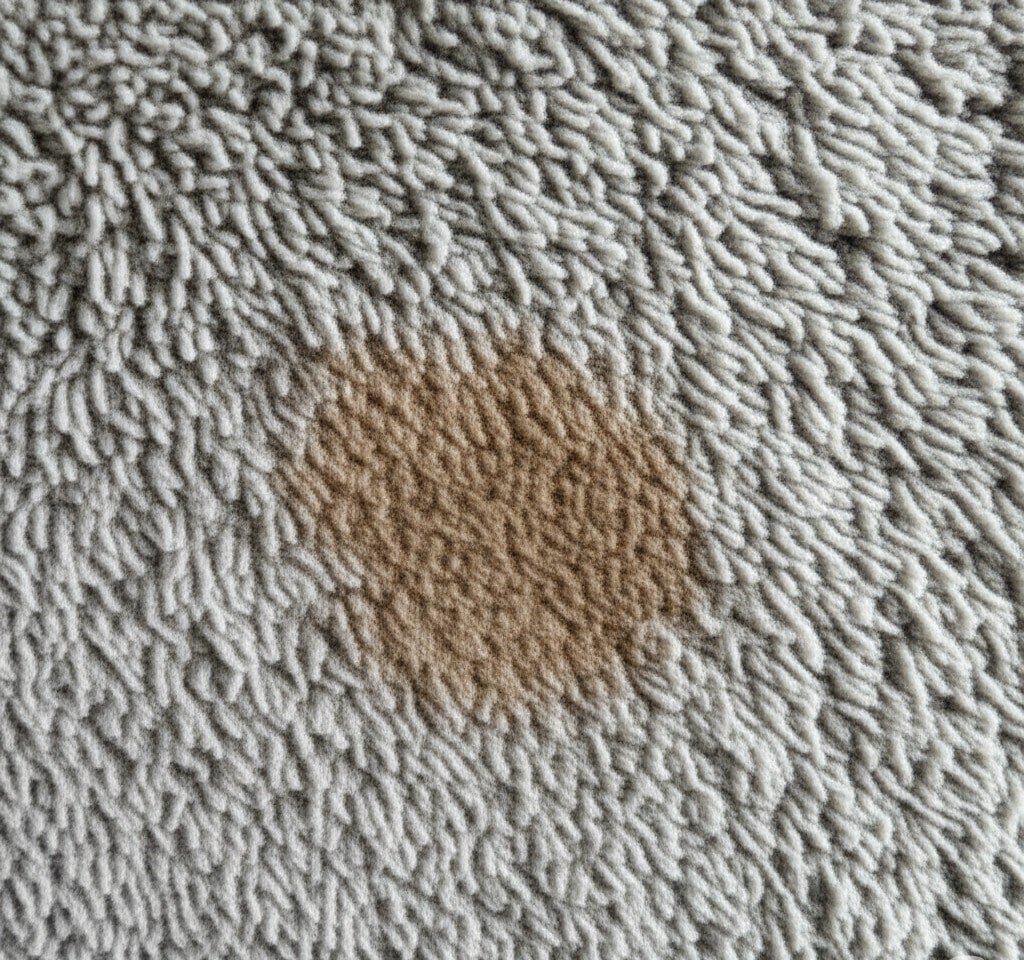
3.Deodorizers
In addition to its visual cleaning ability, table salt can also be a powerful ally in neutralizing unwanted odors around the home. Its ability to absorb moisture, which often harbors and encourages the growth of odor-causing bacteria and mold, contributes significantly to this effect. For example, a smelly refrigerator can benefit from an open container or small bowl of the mineral; the salt crystals will gradually absorb the strange odors from food and excess moisture that can contribute to a smelly environment. This principle is similar to using baking soda, but offers an alternative if baking soda is not available or if you prefer to use this more readily available item. Drains, which can often be sources of unpleasant odors due to the accumulation of organic matter, grease, and soap scum, can be deodorized. Pouring a strong solution of the granules dissolved in hot water down the drain, or a mixture of the dry crystals followed by hot water, can help break down some of the grease and deodorize the pipes. Adding baking soda and vinegar to the mixture can create an effervescent action that further helps remove buildup.
Cutting boards, especially wooden ones that can absorb juices and strong odors from foods like onions, garlic, and fish, can be effectively deodorized. Scrubbing them with coarse crystals, possibly moistened with a little lemon juice for added antibacterial effect and a fresh scent, can lift food particles from the grain and neutralize smells. After scrubbing, rinse thoroughly with hot water. Even smelly shoes can sometimes be treated by sprinkling the white powder inside them and leaving it overnight to absorb moisture and odors before shaking it out the next morning. For carpets, a light sprinkling of the fine granules, left for an hour or so and then vacuumed up, can help to absorb musty odors. This natural deodorizing action makes the substance a versatile, non-toxic option for keeping various parts of the home smelling fresher without resorting to artificial air fresheners.
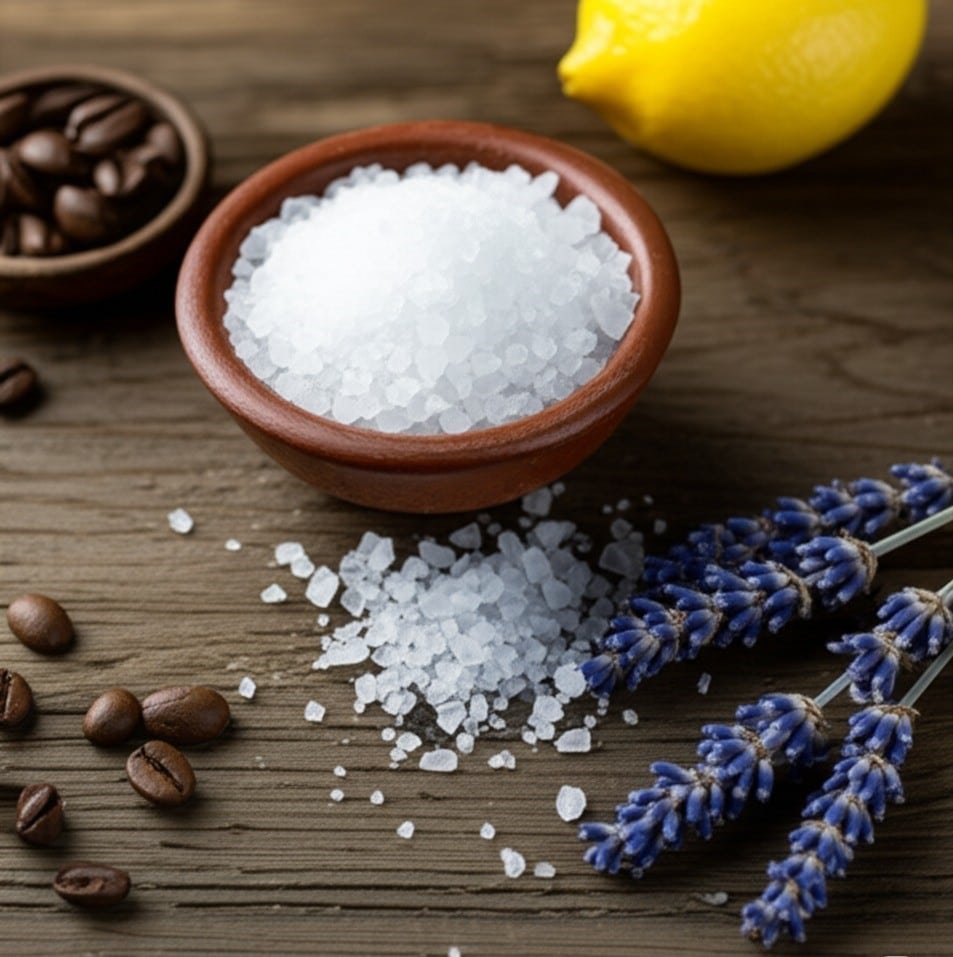
4.Removing Stains
The usefulness of table salt in removing stains goes beyond just fresh spills, which depend on its absorbency. When combined with other common household items, it can form powerful cleaning solutions for a variety of stubborn stains on different materials. For rust stains on fabrics or hard surfaces such as porcelain or enamel, a paste made with the salt and lemon juice or white vinegar can be effective. The acidity of the lemon or vinegar helps dissolve the iron oxide (rust), while the mineral acts as a mild abrasive to scrub and remove loose particles. Apply the paste to the rust stain, let it sit for a while (exposure to sunlight can sometimes enhance the bleaching effect on fabrics, but test carefully), then rub gently before rinsing thoroughly.
Coffee and tea stains on cups and teapots, as mentioned above, can be removed with basic table salt or a paste, but for more stubborn stains on tablecloths or clothing, soaking the item in a strong solution of the granules in hot water (if the fabric will tolerate it) before washing can help remove the discoloration. For grease stains on clothing that were not immediately noticeable, pre-treating with a paste of salt and water, gently rubbed into the stain, can help dissolve the grease before washing. Similarly, sweat stains and yellowing on clothing, especially around collars and underarms, can sometimes be reduced by applying a paste of salt and hot water, leaving it to act for an hour or two, and then washing as usual. The trick is usually to combine its absorbent and abrasive qualities with the chemical action of an acid or alkaline agent, depending on the nature of the stain. Blood stains, if fresh, respond well to soaking in cold water mixed with the crystalline substance, as the solution helps to remove the proteins from the fabric. Always test stain removal methods on an inconspicuous area first, especially on colored or delicate fabrics, to ensure there is no damage or discoloration.
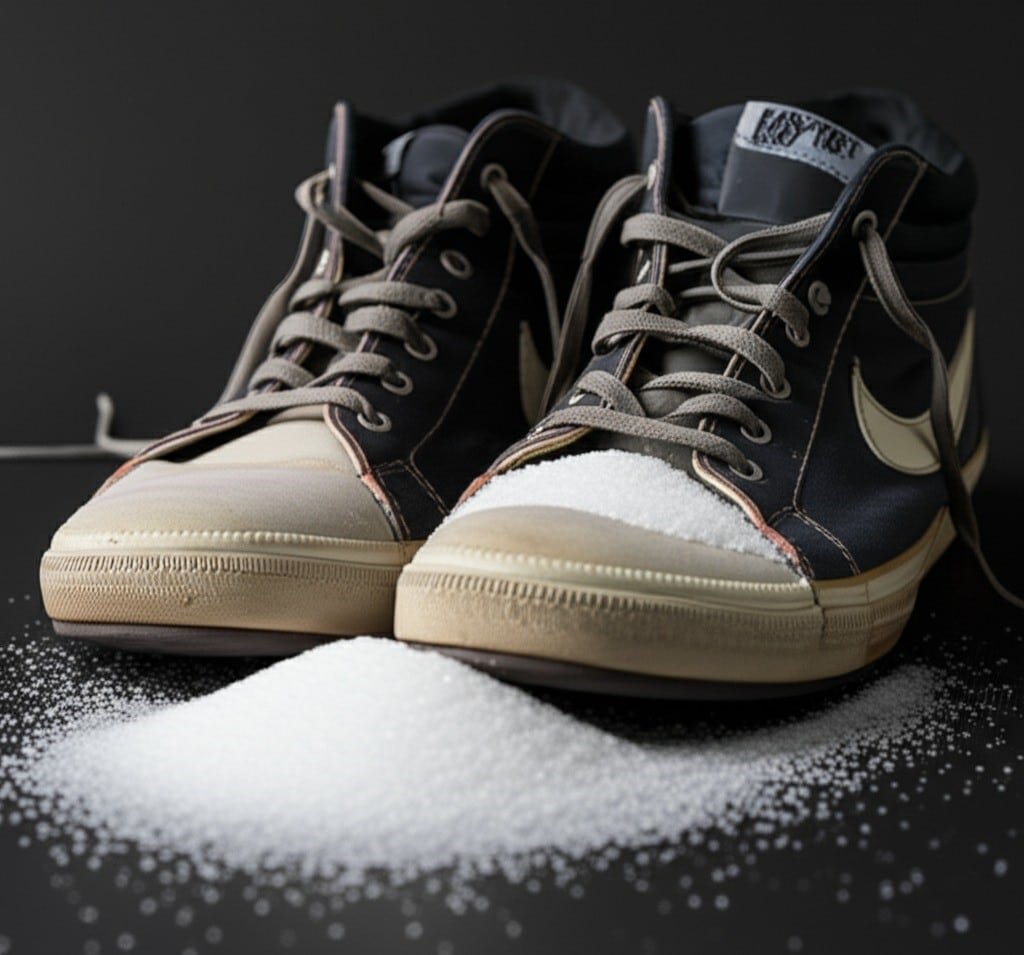
5.Clean Drains
Kitchen and bathroom drains are prone to clogs and odors due to the daily buildup of grease, soap scum, hair, and food particles. This household mineral known as salt can be a useful, non-corrosive agent for regular drain maintenance, helping to prevent more serious clogs from forming. A common preventative measure involves pouring a mixture of salt, baking soda, and vinegar down the drain, followed by a flush of very hot (almost boiling) water. For example, mixing about a half cup of the granules with a half cup of baking soda, pouring this dry mixture down the drain, and then adding a cup of warmed white vinegar can create a vigorous fizzing. This chemical reaction helps to remove grease buildup and loosen debris stuck to the pipe walls. After letting the mixture sit for 15 to 30 minutes, or longer for stubborn drains, rinse thoroughly with several gallons of boiling water. The abrasive particles act as a cleaning agent inside the pipes as they are flushed away, and the solution also helps to saponify (break down) grease.
Regularly, perhaps weekly or biweekly, pouring a strong solution of hot water and a basic kitchen cleaner (e.g., 1/2 cup dissolved in 1 gallon of very hot water) down your drains can also help keep them flowing freely and reduce odors by preventing the gradual buildup of debris. While this compound may not unclog a completely clogged drain as effectively as a specialized chemical plunger or plumber’s snake, regular use can significantly reduce the frequency of these problems by keeping the inside surface of the pipe cleaner. It is a much gentler alternative to harsh, corrosive chemical cleaners, which can damage your pipes over time and pose safety risks.
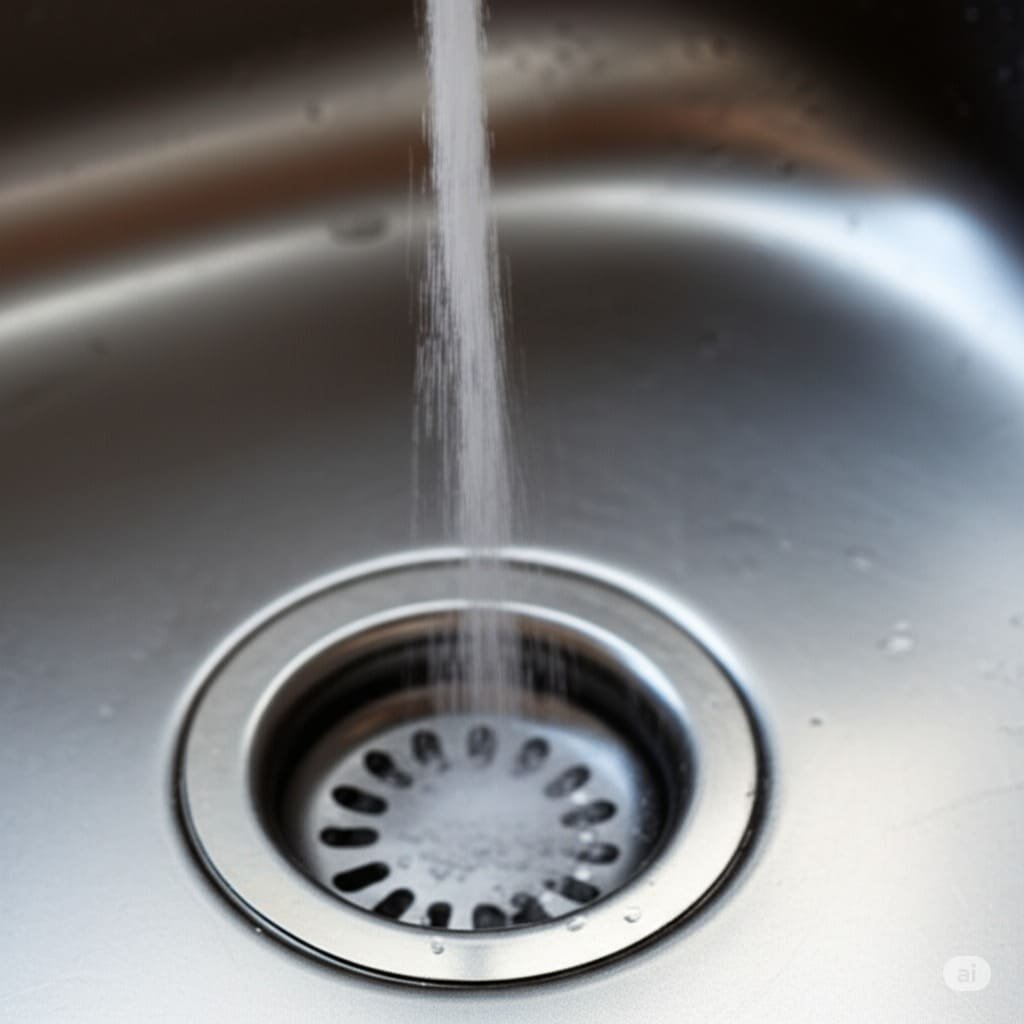
6.In the Laundry
The benefits of this common ingredient like salt extend to the laundry room, where it can aid in both stain removal and general fabric care. Adding about a half cup of salt to the wash cycle, especially with colored clothing, can help brighten colors and prevent new colored fabrics, especially cotton and linen, from bleeding or fading. This is because the mineral helps to set dyes in the fabric, reducing the amount that bleeds into the wash water. It’s an old trick that still applies, especially for the first few washes of very colorful or new clothing. For certain types of stains, it can be a valuable pre-treatment or soak. As noted earlier, fresh wine spills can be treated with a handful of white granules. Blood stains, if fresh, can usually be treated by soaking the fabric in cold water mixed with salt before washing. The solution helps to lift the blood out of the fibers.
For mildew stains on shower curtains or other mildew-resistant fabrics (such as cotton canvas), rubbing a paste of table salt and lemon juice and allowing it to dry in the sun before rinsing and washing can be effective. The sun acts as a natural bleaching agent, increasing the cleaning power. This natural product can also act as a mild water softener in the wash, which can improve the effectiveness of your laundry detergent, leading to cleaner clothes, especially in areas with moderately hard water. While it is not a substitute for commercial water softeners in areas with very hard water, it can provide a subtle boost, allowing the detergent to lather more and work more effectively. It can also help rinse away detergent residue more effectively. Always consider the type of fabric, as salt, as an abrasive, can be too harsh for extremely delicate materials like silk or some synthetics if applied directly as a scrub.
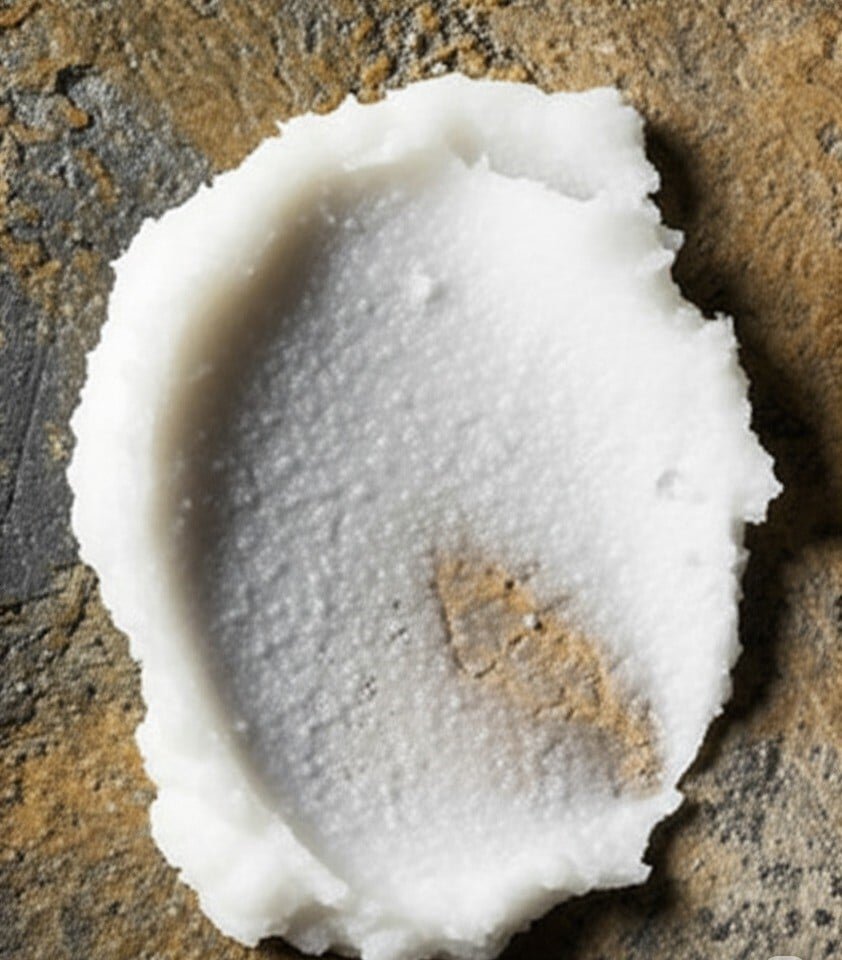
Clearly, this common kitchen staple, salt, is more than just a culinary enhancer. Its natural abrasive, absorbent, and deodorizing qualities make it an effective, eco-friendly, and budget-conscious choice for a wide array of cleaning tasks throughout the home. From scrubbing stubborn grime off cookware to freshening drains, brightening laundry, and polishing metals, this humble mineral, salt, proves its worth time and again as a versatile cleaning agent.
While salt offers many simple and effective solutions for everyday cleaning challenges, some jobs require a more comprehensive approach, specialized equipment, or simply more time and effort than you might have available. For those times when you need a professional touch to ensure your home is impeccably clean and truly shines, consider Toronto Shine Cleaning. We provide thorough cleaning services to tackle everything from routine upkeep to deep cleaning challenges, leveraging effective techniques and expertise so you can enjoy a spotless home without the effort.














